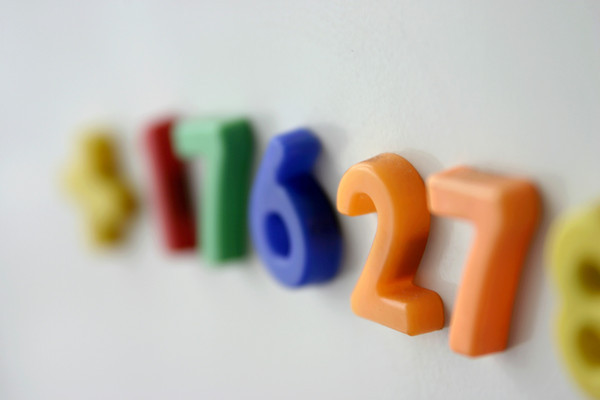5 Number Problems
Posted: June 02, 2012
 When writing, you can run into all sorts of strange challenges. One of those challlenges may be dealing with writing numbers, and how to write them so they make the most sense and are written properly.
When writing, you can run into all sorts of strange challenges. One of those challlenges may be dealing with writing numbers, and how to write them so they make the most sense and are written properly.
 When writing, you can run into all sorts of strange challenges. One of those challlenges may be dealing with writing numbers, and how to write them so they make the most sense and are written properly.
When writing, you can run into all sorts of strange challenges. One of those challlenges may be dealing with writing numbers, and how to write them so they make the most sense and are written properly.
1. Number Collisions
In the sentence “The day the slain woman was to turn 28, 3,000 gathered at a church to recall her life,” the proximity of her age (assuming it is styled numerically rather than spelled out) and the number of mourners confuses the eye. Readers may assume, before they comprehend the sense of the sentence, that the comma after her age and the following letter space are erroneous and that the digits belong in one figure.
If the numerical style for the age is correct, revise the sentence to read, “The day the slain woman was to turn 28, several thousand people gathered at a church to recall her life.” (This distraction can also occur when a year, a room or building number, or any other numerical designation precedes a figure.)
2. Number Ranges
Do not use the word from preceding a number range in which a dash (or, in this case, as employed often in newspapers and online, a hyphen) appears: “The Korean War lasted from 1950-1953” should read “The Korean War lasted from 1950 to 1953” or “The Korean War lasted 1950-1953.” “The class will be held from 7-10 p.m.” is correctly expressed “The class will be held from 7 p.m. to 10 p.m.” (the first p.m. may be elided) or “The class will be held 7-10 p.m.”
3. Number Names
When you employ specialized terms that include combinations of numbers or numbers and letters, be sure you’re typing them correctly. The term in “It’s safe to open your 401K statement again” is correctly rendered 401(k). The designation for a certain nonprofit corporation sometimes incorrectly styled 501c3 or 501(c)3 should appear as 501(c)(3).